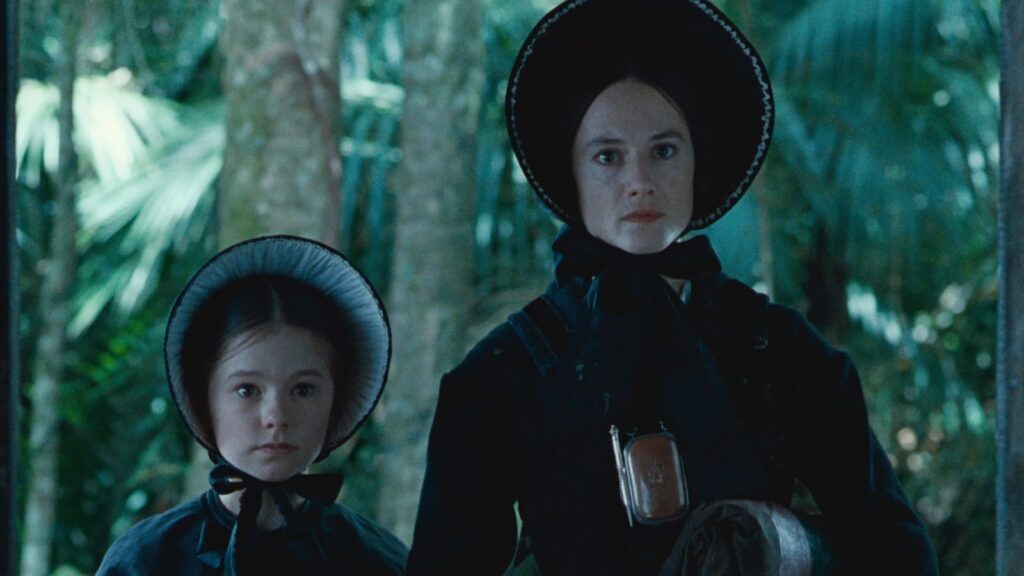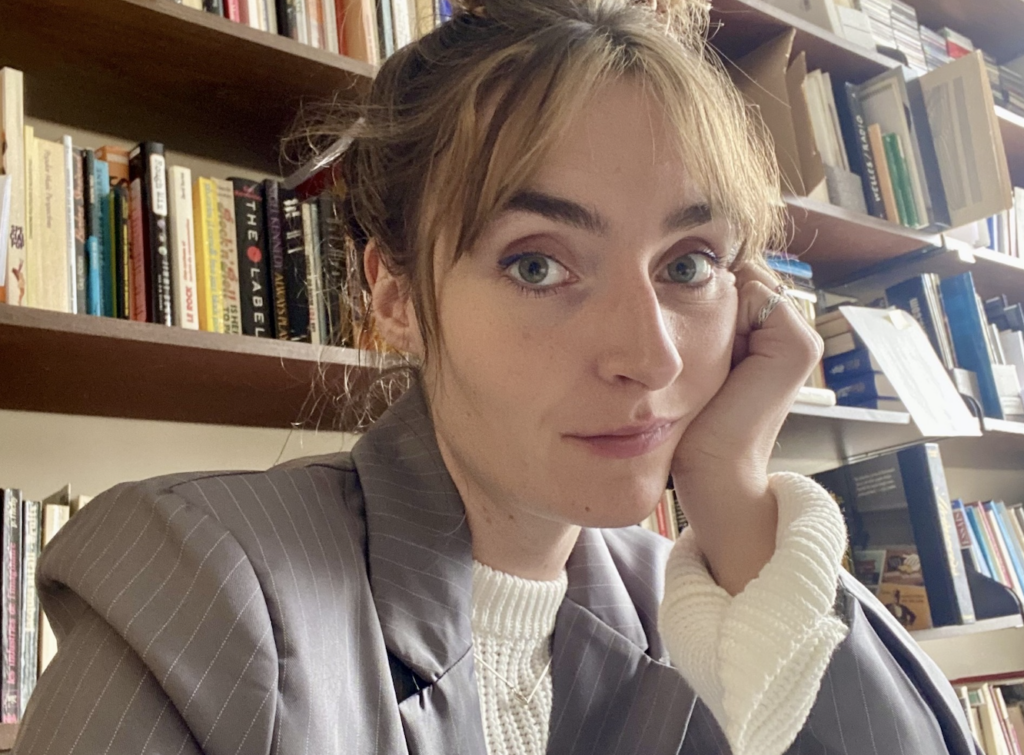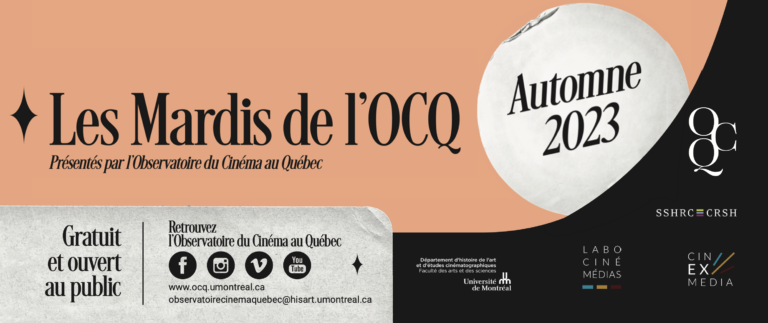The PhD student draws on her research into the poetic function of screenplays to analyze dream reports for the Laboratoire CinéMédias.

Sophie Leclair-Tremblay
Throughout her studies, Pauline Sarrazy, a doctoral student in film at Université de Montréal, has developed expertise not only in film studies but also in textual analysis. Her dissertation, supervised by Isabelle Raynauld, co-director of cinEXmedia, explores the poetic dimension of screenwriting from an aesthetic perspective—an approach she also applies to the study of dream reports as part of her work for a project directed by Santiago Hidalgo for the Laboratoire CinéMédias.
Pauline Sarrazy recently drew attention within the student community by winning first prize in the Université de Montréal finals of the “Three Minute Thesis” competition. She will go on to represent the university at the national final during the upcoming Acfas Congress on May 7th.
The inspiration for her dissertation came from reading the screenplay of The Piano (1993), written and directed by Jane Campion. “This discovery was a real shock for me,” she shared during her competition presentation. “I realized how rare this kind of document is. In France and Quebec, only five to ten screenplays are published each year, compared to hundreds of plays. Why? Because screenplays are still seen as neutral, styleless texts meant only for production.”
“Guiding the Sensitive Reception of the Work”
Sarrazy is interested in the inherent poetry of the screenplay, which she sees as a means to “guide the sensitive reception of the work, since it contains within itself the elements of mise-en-scène and the film’s soul,” she explains in our interview. “Poetic screenwriting includes technical directions related to sound, lighting, and editing. These are what ultimately guide the poetic expressiveness of a film’s future audiovisual material.”
Her approach runs counter to many screenwriting manuals, which advocate for a minimalist, neutral, and technical style to ensure clarity in film production. Yet her perspective opens up surprising possibilities for screenwriting as a space “where poetry lives beneath the words and images.” “As screenwriters, we inhabit a singular relationship with the world. Reading a screenplay means opening oneself to the sensitive sharing it offers, while also awakening the unique sensitivity of our cinematic imagination.”

Her dissertation draws on screenplays by filmmakers such as Michelangelo Antonioni, Wim Wenders, Chantal Akerman, and Bruno Dumont. For Sarrazy, these artists—often labeled by critics as “poets of the camera”—generate poetry not just during the filmmaking process, but from the very act of screenwriting. She also studies some of Antonioni’s unproduced screenplays, which she sees as an important part of his oeuvre.
A Dialogue Between Dreams and Cinema
Sarrazy is also part of a research team at the Laboratoire CinéMédias that explores the influence of cinema on dreams. In addition to the doctoral student, the team includes Santiago Hidalgo (Executive Director), Thomas Carrier-Lafleur (Associate Director and Research Coordinator), Tara Karmous (Lead Coordinator), Rosalie Carignan (Coordination Assistant), Pierre Chemartin (Research Professional), and Félix Raymond (Research Assistant).
Her role involves analyzing “traces of cinematic language” in dream reports that the Dream Research Laboratory at Université de Montréal, directed by sleep specialist Antonio Zadra, had been collecting. These documents, produced in clinical settings, are descriptions of dreams written by patients during specific sleep phases.
“When you dream, you might perceive yourself from the outside, as you would observe a film character—or, conversely, merge your perception with theirs, like in a subjective camera shot,” she explains. “Internal and external viewpoints, the ‘I’ as character and the ‘I’ as narrator—these are screenwriting elements also found in dreams.” She thus highlights the parallels between screenwriting and dream writing: “Sequences, editing, audiovisual aspects—these are all components of cinematic language that can illuminate dream analysis.”
This research has also led her to help organize, with cinEXmedia, the upcoming symposium “S’endormir en images : l’impact des contenus audiovisuels sur le sommeil et les rêves” (“Falling Asleep in Images: The Impact of Audiovisual Content on Sleep and Dreams,” in French only), to be held on May 9th at École de technologie supérieure as part of the 92nd Acfas Congress. To learn more, read this article by Olivier Du Ruisseau.

